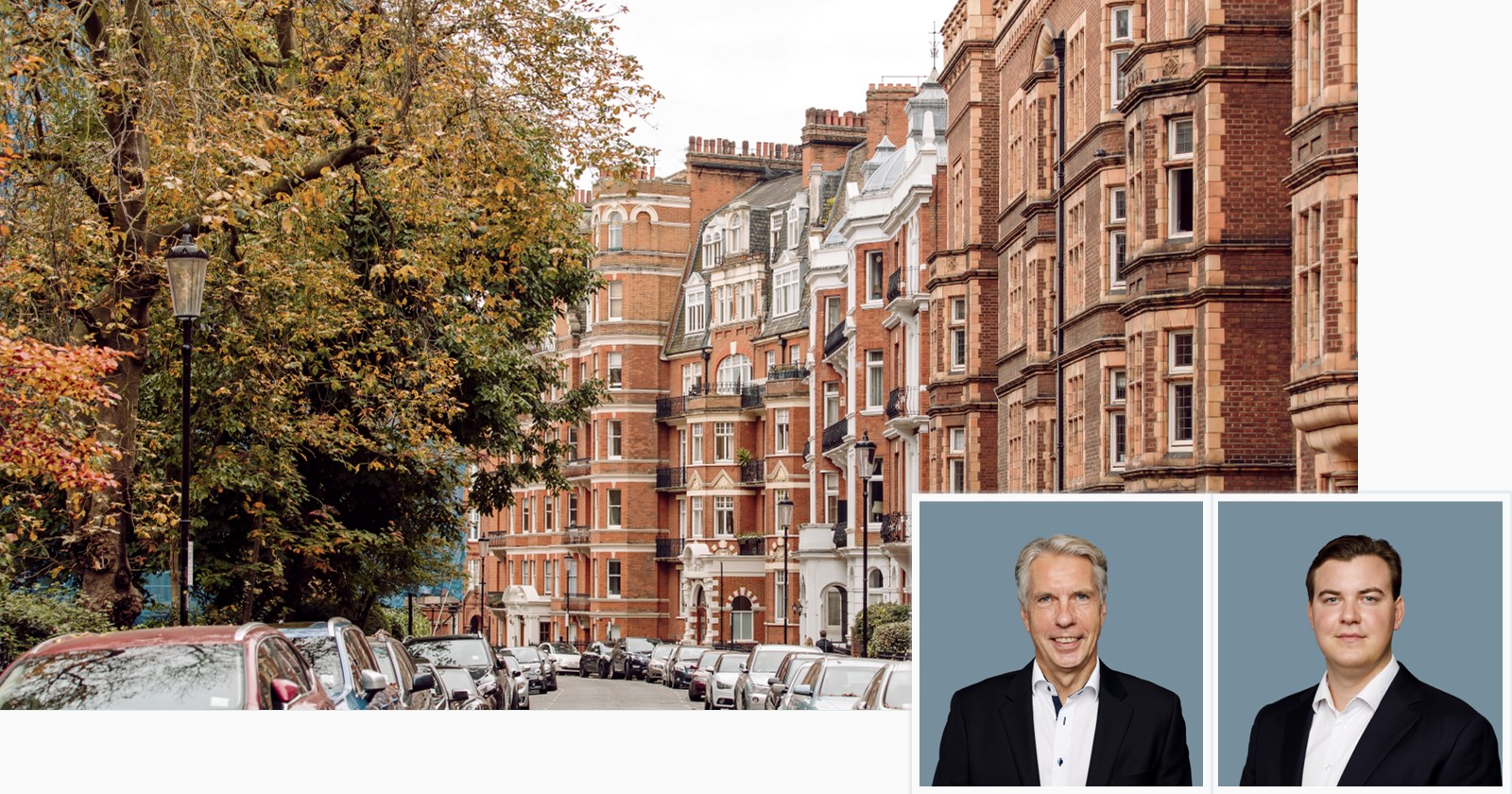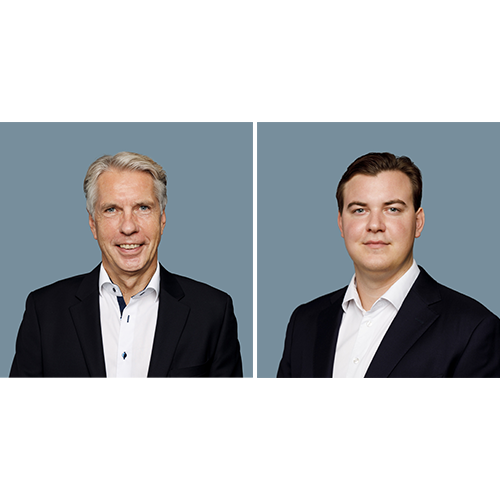Valuation of cost rental properties using algorithms
When employing a Discounted Cash Flow (DCF) model to determine the value of a property, various factors such as income, expenses, capital expenditures (CAPEX), and maintenance are used to the extent that the actual information is available and estimates are used for items where actuals are unknown.
In cases where the property is subject to regulated residential leases and governed by cost-determined rules, assessing the actual cash flow can become more complicated, especially with respect to the special regulations concerning exterior maintenance. The predefined rates for exterior maintenance outlined in sections 119-120 can reach up to DKK 200/m², which – as shown below - may not accurately reflect the actual operating costs associated with exterior maintenance.
Think briefly about how you would do it yourself, and then read on below!
Exterior maintenance in cost rental calculation
We won't go into the cost-determined rental rules here but simply refer to the Danish Rent Act.
For cost-determined rental leases, property owners are required to maintain a separate account for exterior maintenance as per §119 and make provisions to the Landowners' Investment Foundation (GI) account in accordance with §120. Detailed balances and rates per square metre can be accessed at www.gi.dk. While the transfer of funds related to §119 does not directly impact the property's cash flow, provisions to GI regarding §120 do.
When property owners have costs on external maintenance, the §119 account is initially depreciated with the year's addition and is the depreciated on the balance until it goes to zero.
At this point, any excess amount is then depreciated using the year's provisions for §120.
If the entire maintenance sum has still not been amortised, the property owner can withdraw funds from the GI account if there is a positive balance, or continue depreciating the balance if it is negative.
In situations where §120 has a negative balance, the balance is adjusted to zero using the year's nominal provisions. In such cases, this adjustment is solely an accounting entry without any actual fund transfer, allowing for the neutralisation of provisions set aside for §120 in the cash flow.
The aforementioned explanation is simplified and subject to a number of assumptions, as there are various configurations and scenarios to consider.
Improvements or maintenance
Distinctions between improvements and maintenance should be noted. Interior maintenance typically encompasses tasks such as, painting, wallpapering, and floor varnishing within the rental property, while exterior maintenance encompasses all other forms of maintenance. Exterior maintenance also includes repairs and maintenance of, for example, internal installations, toilet replacements, and painting of common areas, among others.
According to GI's definition, “an improvement occurs when a property or apartment has a higher use value or offers a new feature or service to tenants as a result of work carried out”. Based on this principle of improvement, there is the opportunity to improve cost-determined rental leases, or, after a minimum of five years of ownership, they can make substantial improvements to the lease, leading to a reassessment of the rent based on the "value of the leased" principle.
Rent levels determined by the "value of the leased" principle are significantly higher than those based on an "appropriate return on improvement costs." The rules pertaining to this can be found in §§19 and 20 of the Rent Act, and naturally, certain prerequisites must be met. In 2023, a total of DKK 285,522 or DKK 2,497/m² must be spent on improvements within a two-year period for a lease.
It is important to note that replacing an existing kitchen, for example, does not result in a 100% improvement, as a kitchen was already present. If a relatively old kitchen is replaced, the GI may assess the improvement at 50%. Assuming a general assessment of 50% for improvement works, a total CAPEX of DKK 571,044 is required to achieve an improvement cost of DKK 285,522, as outlined earlier. The other half of the total cost is termed "saved maintenance" in GI terminology, which is then entered into the maintenance accounts and cash flow as described above.
Cost rental cash flow with integrated algorithms
Due to the complex rules governing accounting, maintenance, provisions, withdrawals, and neutralisation, calculating the precise maintenance amounts charged to the cash flow in a given year can be challenging. When conducting cash flow analysis over multiple years, while also considering that several leases will undergo thorough improvements gradually based on estimated churn, the number of variables involved can become almost unmanageable. Consequently, it is often preferred to employ a fixed amount per square metre and assume its correctness once all accounting, GI account withdrawals or any neutralisation are settled.
At CBRE Valuation & Advisory Services, we have created a discounted cash flow model for cost-determined rental properties that incorporates algorithms capable of accommodating the substantial account movements associated with sections 119-120. This model considers both regular maintenance and CAPEX included in the cash flow, effectively distributing them between maintenance and improvement. This approach allows for a more accurate monitoring of the cash flow and estimation of the property's value, aligning it with the projected income and expenses.
In addition to providing a more accurate property valuation for cost-determined rental properties, integrating these algorithms into the DCF model enables us to offer superior insights into the property's development opportunities. While understanding the theory for the current year is valuable, incorporating it into a comprehensive DCF model allows us to explore the implications by simulating the cash flow under various assumed improvement scenarios.
This article provides an overall overview of the topic to maintain a reasonable article length. However, CBRE Valuation & Advisory Services is prepared to engage in more detailed discussions and provide advice specifically tailored to your needs.
For further information, please contact:
Peter Svendsen, Director, CBRE Denmark,
peter.svendsen@cbre.com, +45 3165 1512
Thomas Rasmussen, Senior Valuation Analyst, CBRE Denmark
thomas.rasmussen@cbre.com, +45 3119 4875
About CBRE Group, Inc.
CBRE Group, Inc. (NYSE: CBRE), a Fortune 500 and S&P 500 company headquartered in Dallas, is the world’s largest commercial real estate services and investment firm (based on 2020 revenue). The company has more than 100,000 employees serving clients in more than 100 countries. CBRE serves a diverse range of clients with an integrated suite of services, including facilities, transaction and project management; property management; investment management; appraisal and valuation; property leasing; strategic consulting; property sales; mortgage services and development services.

